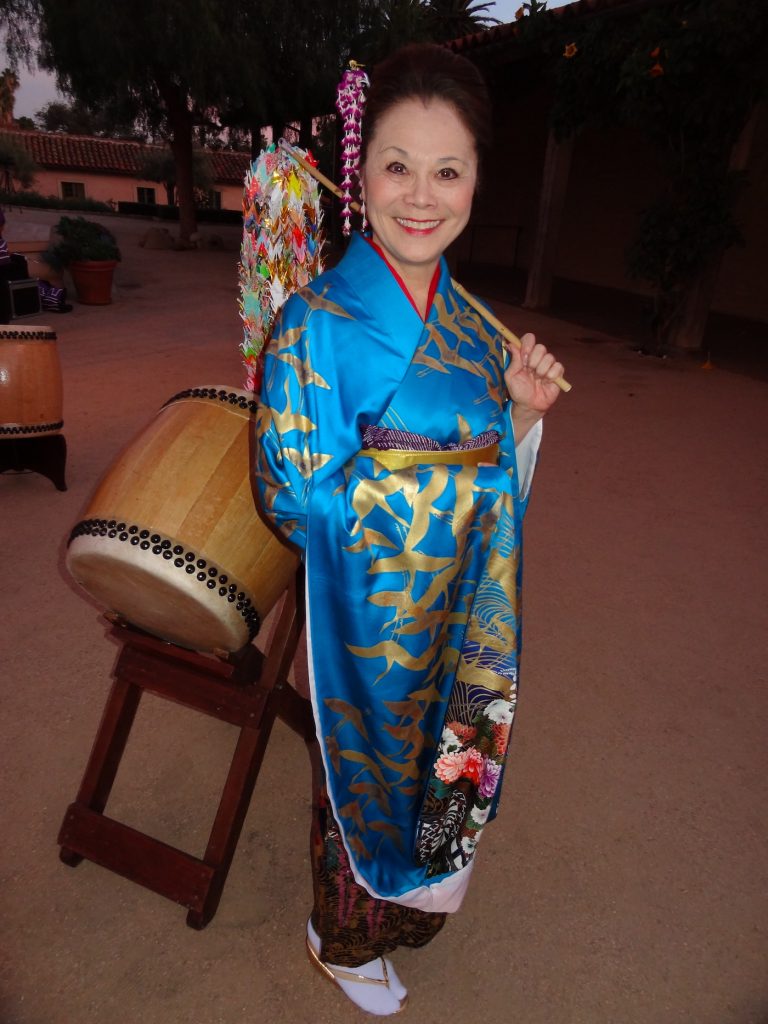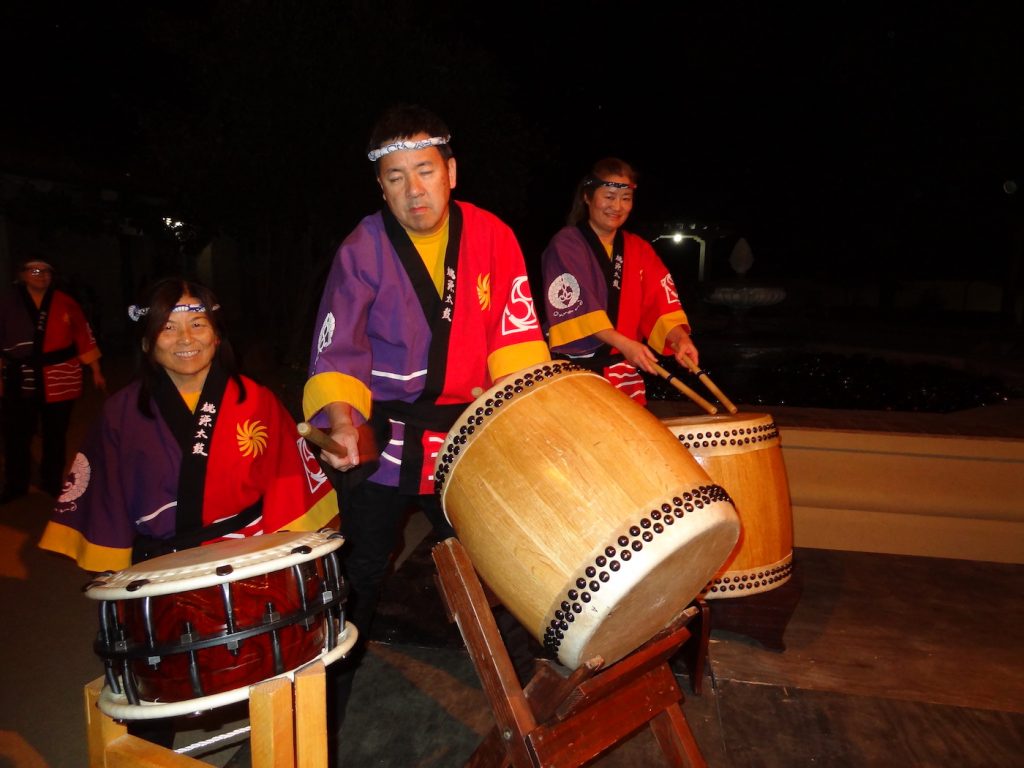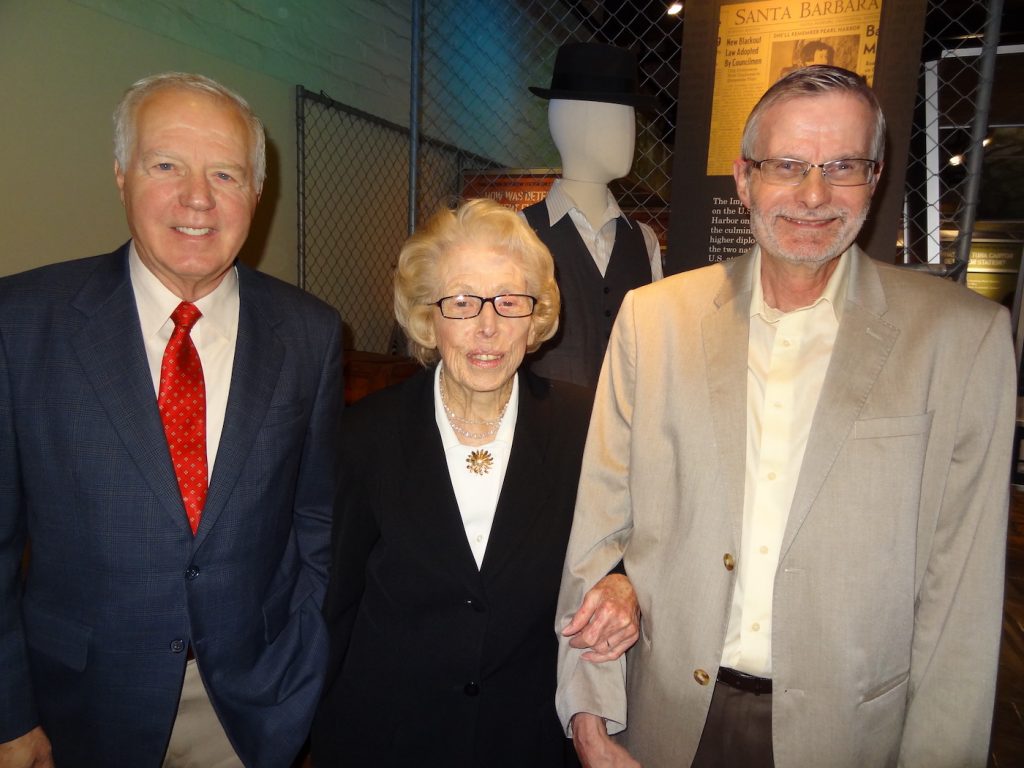Displaced Santa Barbarans

The Santa Barbara Historical Museum (SBHM) just opened a new dual exhibit titled “Displaced: The Detention & Internment of Santa Barbarans During World War II” and “Only The Oaks Remain”. The show opened on First Thursday and will be followed by two lectures: “The Road to Tuna Canyon” given Thursday, February 22, at 5:30 pm by Sigrid Toye, Ph.D., in honor of her father, who was an American-German internee. The second lecture will be Wednesday, March 28, at 11 am by Dr. Jean–Paul deGuzman.

The exhibition utilizes historic documents, images, artifacts and oral histories, and shows us the devastating impact of detention and internment on the Japanese, German, and Italian communities in Santa Barbara. Until now, I didn’t know that German and Italians were also involved. This all happened shortly after the United States entered World War II. As George Santayana said, “Those who cannot remember the past are condemned to repeat it.” We hope not.
The exhibition tells the true stories of those targeted as dangerous enemy aliens and imprisoned in The Tuna Canyon Detention Station, which is in the Tujunga neighborhood of Los Angeles and housed more than 2,000 detainees. This was done by the U.S. Department of Justice.
There were presidential proclamations authorizing the FBI and other agencies to arrest mostly spiritual, educational, business, and community leaders. They also arrested Japanese who had previously been forcibly removed from Latin America. The Department of Justice took over a vacated Civilian Conservation Corps camp in Tujunga area of Los Angeles and converted it into a detention station with a 12-foot-high barbed wire fence, guard posts, and floodlights. When President Roosevelt signed an order that all Japanese-Americans evacuate the West Coast, approximately 120,000 people were sent to one of 10 camps located across the country.


SBHM executive director Lynn Britner welcomed the crowd and gave a special thanks to their collaborators at the Tuna Canyon Detention Center Coalition, Nancy and Kay Oda and Kanji Sahara and their supportive board. This exhibition was created by the coalition and funded by, in part, a grant from the U.S. Department of Interior, National Park Service, and Japanese American Confinement States Grant program. Lynn also thanked the sponsors, including Sigrid Toye in memory of Emmy Ahrend and Dr. Banzhaf, Oswald J. DaRos, William Burtness, the Schafer Family Foundation, and MarBorg Industries. Also to be thanked were museum trustees and Ann Burroughs, the CEO of the Japanese American National Museum.
Part of the First Thursday festivities was a performance by the Togen Daiko Drumming Group and a classical Japanese dance by Nancy Teramura Hayata, plus a wine and tapas reception. During the entertainment, I sat next to a survivor of Hiroshima. It’s hard to imagine what it was like for her at 17 and what she witnessed. A somber reminder of the injustice of war.
You can view the exhibits until May 27, 2018, at the museum at 136 De la Guerra Street. Call (805) 966-1601 for hours.







